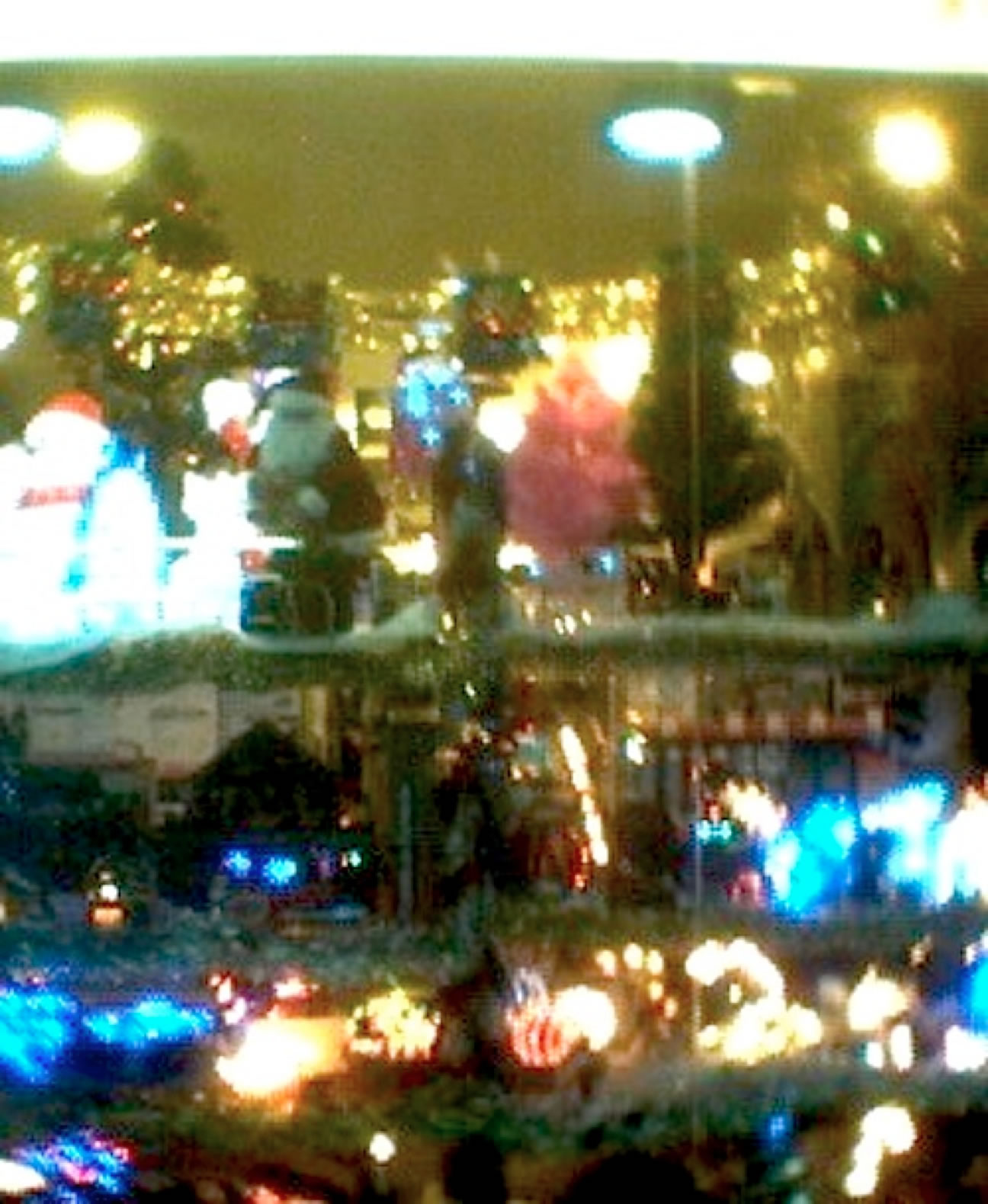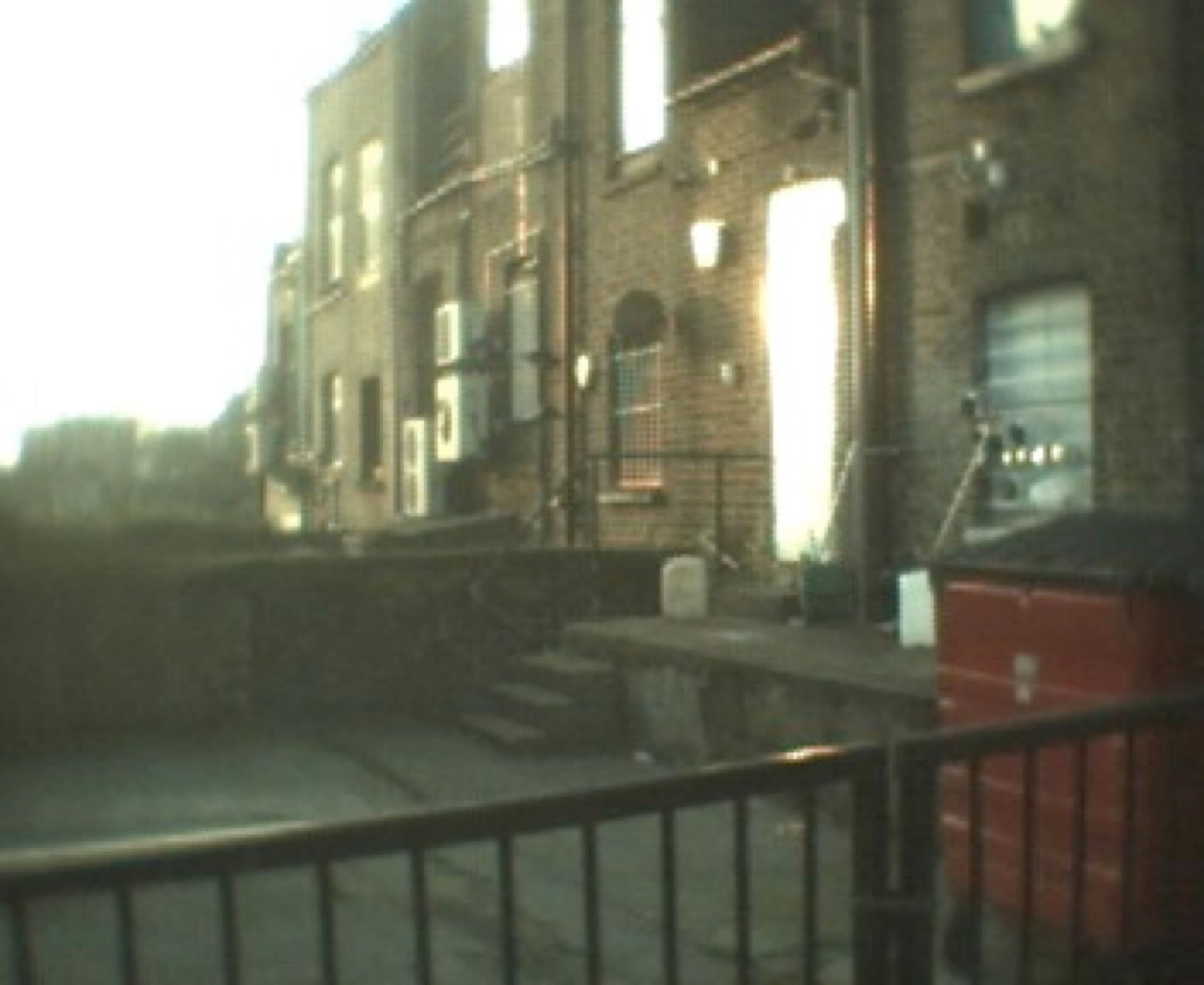Christmas time in London, lights in all areas. Celebrities, minor to middling, gurn out from posters for pantomimes.

The ultrarich might stick to Chelsea and Belgravia, the wealthy stay out of North Woolwich, but in Stoke Newington, in Kensal Rise rich and poor are up close. Islington, north London, a shorthand, these days, for smug affluence, is also the fifth most deprived borough in the capital, with the second highest child poverty rate in England, a crime rate double the national average. This is London.
The high street’s in trouble in this economy. Too, Londoners are anxious for a loss of particularity. A tide of commercial entropy tugs shopping precincts towards indistinguishability, pedestrian brandscapes. The city resists somewhat, especially that zone between suburbs and centre, not quite yet worth the big logo beasts’ hungriest attentions. Here, areas like Balham and Brent, is the defining stretching of London, unkempt and irresistible. Here there are still the distinct decors of plenty of local shops. Pound stores, crammed cornucopia of cheap bits and pieces and household goods, put their discounted bars of soap and most colourful clothes baskets outside, brooms and mopheads like bunting.

The cheap laundrettes that serve these areas could be portals. The secret of teleportation. Go in past identical 70s-style signs for service washes, in Newham in the east, in Haringey to the north, Lambeth and Lewisham, through the smell of dryers, you enter shared laundretteness, as if you might exit a completely other establishment, in Waltham Forest, Dagenham, Kilburn.

So come out in Kilburn High Road. Here like the street itself, Christmas lights are amiable, vivid and tatty. Shooting stars, little tannenbaums, presents in all colours. It’s similar in Neasden up the road, in Brixton and Stockwell down south. Bunting, robot Santas ho-ho-hoing, lines of business, broken with dead shops, furred with tinsel. There are ghoulshops too, of course, here where the unrich live, pawnbrokers and ‘money shops’ for short-term loans.

Businesses are closing uptown too, but on the King’s Road and Knightsbridge, tchotchkes still go for comedically high prices. The only austerity here is aesthetic. The beasts of Bond Street are bird-footed silver egg cups from Aspreys, fox and hart masks on mannequins unbothered by lights much sleeker and fewer in colour than those in the Kilburn windows.

Ah, good taste, as Picasso may or may not have said, what a dreadful thing. It’s preposterous, this doomed attempt to dekitsch Christmas. Delight inheres in the too-muchness. But class markers have long been excessively important to the English culturati. Now in December, white lights and silver ornaments are seasonal peacock tails, with bleached feathers.
 Single page view
Single page view
